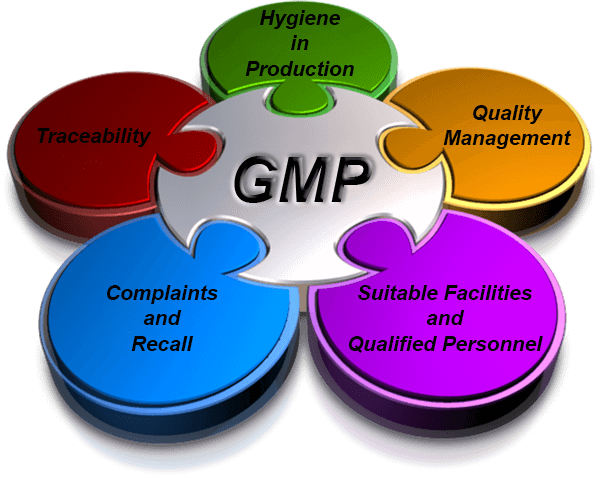A shift of seismic proportion is happening...but there is no need to gaze down at your feet. The role of the Pharmaceutical Microbiologist is slowly shifting from the perplexed tester to the perplexed risk assessor.
I've watched this change, from my vantage point, over the past twenty years. From when I began my career in microbiology as a bottle washer (well, my first task in a Microbiology laboratory was removing labels from media bottles which were to be recycled) to my current role heading up the microbiological function at a major pharmaceutical manufacturer.
Whether this change is driven by regulators or by Quality Assurance (QA) or by microbiologists themselves, struggling to complete a massive program of work offset against struggles to purchase equipment and the continual juggling of human resources, is arguable. What is clear is that there has been a shift of emphasis from testing towards risk assessment; from the pharmaceutical microbiologist at the bench (chained or otherwise) to the pharmaceutical microbiologist out in the factory.
The current ethos is to spend less time testing and accumulating a mass of data which is never properly analyzed or studied for trends towards more time formulating corrective and preventative actions and performing microbiological risk assessments.
The microbiologist is now called upon to have a far greater knowledge of physical parameters. For example, can the significance of results from a clean room, whether viable micro-organisms or non-viable particles, be truly understand without an understanding of other physical parameters? Physical tests, such as pressure differentials, clean-up times, airflows frame the context of the microbiological result. Likewise the microbiologist is required to have a greater understanding of engineering and engineering systems. For example, in assessing the results from a purified water system some knowledge of flow rates, valve design, re-circulation, heating and piping is required.
Once a sample has been read and speciated (and been taken through a reasonably lengthy confirmation that it is not a laboratory error) further evaluation is required as part of the out-of-limits (OOL) procedure. OOL is a more preferable term than out-of-specification (OOS): it is an anathema to the microbiologist to be told that one erroneous surface RODAC plate result is an OOS! Old philosophies of test, re-test (and carry on re-testing) until a satisfactory result is obtained are redundant approaches or much reduced in emphasis. The new language is that of risk assessment.
The types of risk assessment that the microbiologist is required to become involved with are either an assessment of the significance of an above action level result where corrective and preventative actions (CAPA) are employed. Or, more commonly, an assessment of the controls and measures in place to ensure that the above action result does not occur in the first place. In other words being proactive rather than reactive.
Tools for performing such assessments include risk analysis tools borrowed from other industries or professions including HACCP (hazard analysis critical control points) from the food industry; FMEA (failure modes and effects analysis) and FTA (fault tree analysis) taken from engineering industries, such as, car production. These approaches share a number of things in common:
• Constructing diagrams of work flows
• Pin-pointing areas of greatest risk
• Examining potential sources of contamination
• Deciding on the most appropriate sample methods
• Helping to establish alert and action levels
• Taking into account changes to the work process / seasonal activities
In order to understand these and to assess them it is important that the microbiologist builds up detailed knowledge of the production system and processes and gets to walk around the factory and manufacturing environment.
An example of using these approaches can be applied to environmental monitoring in establishing a testing regime:
• Monitoring in areas which have a more 'dirty' activity taking place in an adjacent room
• Varying the frequencies for surface monitoring compared to viable air monitoring
• Examination of the movement of people (corridors and changing rooms are often routes of the spread of contamination and a monitoring program may focus more heavily on these areas)
• Assessing routes of transfer / in-coming goods
• Focusing on key areas like component preparation
• Having higher frequencies of monitoring for areas at ambient temperature with high amounts of water compared to cold rooms
• Intensifying monitoring towards final formulation / purification / secondary packaging / product filling
• Establishing a monitoring program designed to test the effectiveness of cleaning regimes
• More frequent monitoring for open, compared to closed, processes
• Monitoring areas of potential contamination, for example door handles
One approach may be to establish a 'criticality factor' where different rooms, with different activities, can be rated. Therefore one room where product purification takes place, would be given a higher criticality factor and be monitored weekly, whereas a wash-up area, would be given a lower criticality factor, and be monitored monthly.
Therefore, in my view, the role of the pharmaceutical microbiologist has changed. Many of the techniques for testing remain the same but it is the way that the data is used and the necessary pre-thinking before the testing begins which is different. The only thing lagging behind is the status of the microbiologist in the organization. This person, one most able to offer a global view and to assess the impact of process and contamination risk, is too often found hidden in the laboratory.


Posted by Tim Sandle





